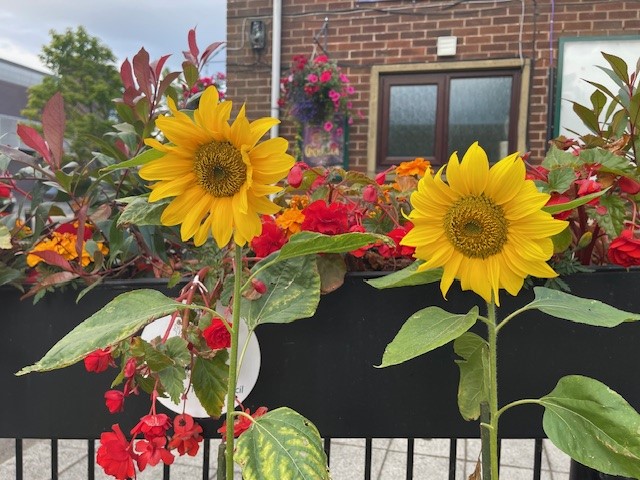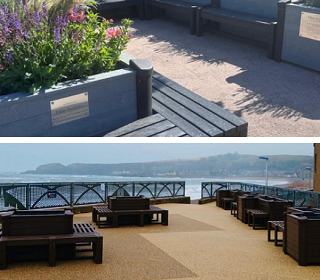With the Met Office predicting 2024 to be the warmest year on record, with global average temperatures reaching or exceeding the 1.5°C threshold, it is essential that gardeners adapt their planting and water conservation ahead of the summer.
What triggers drought status?
The Environment Agency uses four stages to describe and manage drought conditions:
- Prolonged dry weather
- Drought
- Severe drought
- Recovering drought
The triggers for a move to drought status centre around the hydrological state within a region. These measures focus on rainfall, river flows, groundwater levels, reservoir levels and soil dryness.
Changing practice
Experts suggest warmer, drier weather will become increasingly commonplace throughout the summer months.
Below are Amberol’s top tips to prepare for the warmer weather to come.
1. Select your plants carefully
Some plants are thirstier than others, so your planting schedule should include drought resistant plants such as lavender or pot marigolds for containers, and bidens and felicia for hanging baskets. The RHS website has a useful list of drought resistant plants. You should also look out for plants with silver or grey-green leaves as the light leaf colour enables them to reflect the sun better.
Read RHS’s article on Drought-resistant plants here.
2. Make your water go further
Collecting rainwater and the use of water butts is a good way of conserving water, but it can be very time consuming, and sometimes there just isn’t any water to collect!
Self-watering planters are a great way of helping you make the most of any water that you have, and in reducing the time spent on maintenance as plants need watering no more than once or twice a week. Furthermore, because each planter has a water reservoir under the compost, evaporation is reduced. Water wastage is also reduced because:
- Plants access water only as needed.
-
Drainage holes ensure the correct level of water is maintained even during extreme climatic events.
This also helps ensure optimal conditions for growth, as proven in some of the photos entered into our recent photo competition which has shown some glorious floral displays despite the challenge of the hot, dry weather.
3. Watering priorities
Sometimes you have to make tough choices during a drought. Prioritise which of your plants need watering the most. Grass, trees and mature shrubs can go without water for longer than new plants or fruit and vegetables, so allocate your water resources accordingly.
4. Avoid moisture loss
If using standard containers, you can try covering bare compost after watering with a mulch or even grass cuttings. This helps retain moisture and can also improve the condition of the compost. When watering, always water at the base of the plant, not the leaves to ensure that the water goes to the roots. Finally, water at cooler times of day such as early morning or evening to reduce evaporation.
It’s worth noting that exposure to high temperatures can weaken plants by impacting their ability survive and thrive in other extreme weather conditions, such as cold winters. Because Amberol’s self-watering planters are double walled, they insulate plants against moisture loss during extreme heat and damaging cold during hard frosts.
To find out more about how Amberol’s self-watering planters can help you manage periods of dry weather all year round, email sales@amberol.co.uk or call 01773 830 930.



